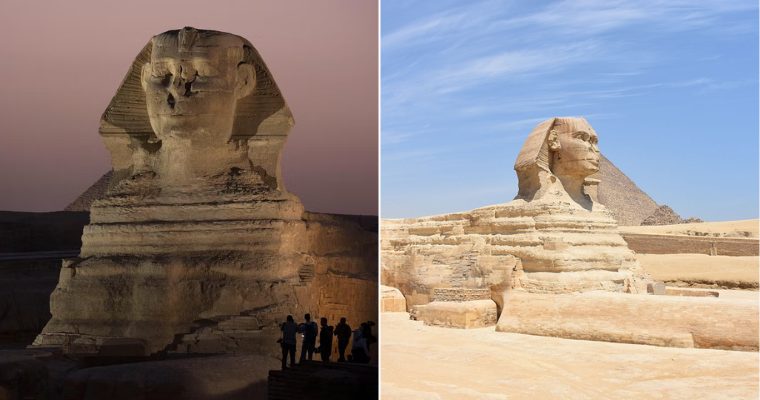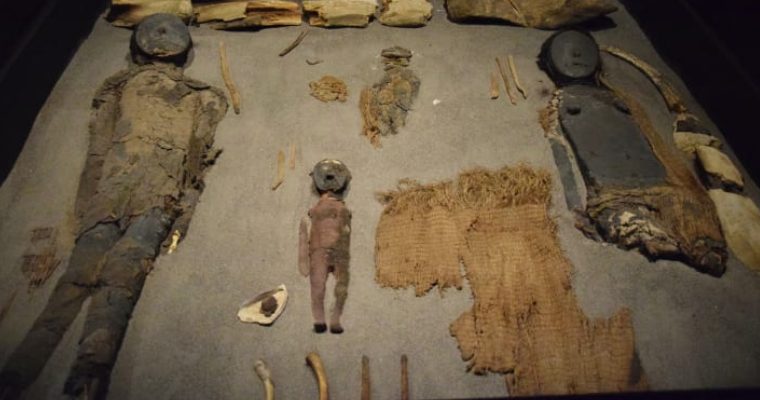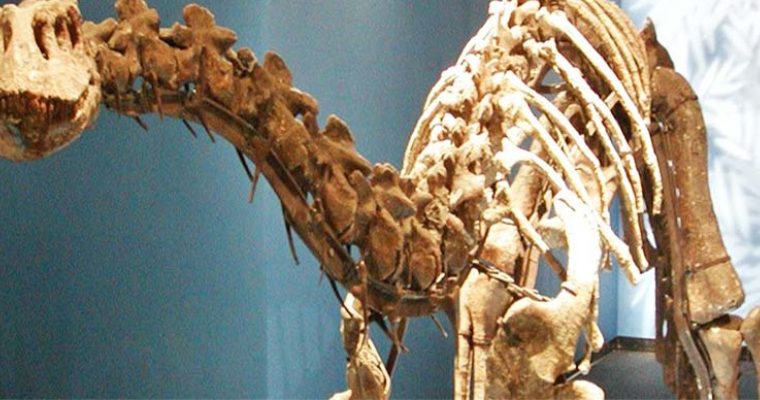Archaeologists uncover ‘witch’ burial in Italy

In 2014, archaeologists uncovered an ancient skeleton of a teenage girl in Albenga, Italy, which had been buried face down. The researchers said that burying an individual in this way was indicative of the person having been rejected by society or considered a danger, possibly due to accusations of witchcraft.
“The prone burial was linked to the belief that the soul left the body through the mouth. Burying the dead facedown was a way to prevent the impure soul threatening the living,” anthropologist Elena Dellù told Discovery News.
Ancient Greeks apparently feared zombies so much they weighed down the dead

“For the ancient Greeks, the dead were subjects of both fear and supplication. Necrophobia, or the fear of the dead, is a concept that has been present in Greek culture since the Neolithic period. At the heart of this phobia is the belief that corpses are able to reanimate and exist in a state that is neither living nor dead, but rather ‘undead’”. Weaver writes in her paper published in Popular Archaeology Magazine. “These liminal figures are deemed to be dangerous because it is understood that they leave their graves at night for the explicit purpose of harming the living. As a means of protection, the alleged undead were pinned in their graves or ritually ‘killed’.”
Bulgarian archaeologists unearth ‘vampire’ grave

In 2013, archaeologists working on Bulgaria’s Perperikon site found the skeleton of a male buried with an iron stake plunged through its chest, a ritual practiced in the Middle Ages to prevent the individual ‘turning into the undead’. Coins found with the body have been tentatively dated to the 13th and 14th century. It is not the first ‘vampire grave’ to be uncovered in Bulgaria. The discovery echoes a similar one made in Sozopol. Throughout Bulgaria, the remains of over 100 vampire-treated people, all of them men, and all of them prominent citizens, have been found. According to pagan beliefs, people who were considered bad during their lifetimes might turn into vampires after death unless stabbed in the chest with an iron or wooden rod before being buried. People believed the rod would also pin them down in their graves to prevent them from leaving at midnight and terrorizing the living. Vampire legends form an important part of the region’s folklore.
Bulgarian farmer discovers skull resembling werewolf in a sealed box

In October 2014, a Bulgarian born farmer, Trayche Draganov, claimed to have found a box, chained shut, containing a werewolf-like skull while ploughing a new section of field in the village of Novo Selo, Republic of Macedonia. The account was reported to Ancient Origins by historian Filip Ganev, who spent time in Novo Selo while conducting research for his book on the Balkan Wars. Mr Ganev met the farmer, who showed him the box containing the unusual skull. He reported that the skull appears wolf-like with the exception of an enlarged cranium, a trait found only in primate species.
Mr Ganev photographed the skull and shared them with government wildlife officials, who concluded that it was likely a wolf that suffered from Paget Disease, a condition which causes the skull to increase in size and appear more human-like.
Have archaeologists found the last known witch grave in Scotland?

Archaeologists in Scotland believe that they located the final resting place of Lilias Adie, who was accused of being a witch and, following her death in prison, was buried in deep mud with a heavy flat stone placed on top of her – a tradition based on the belief that witches could rise from their graves unless held down by a heavy stone.
The ‘Frankenstein’ Mummies of Scotland

In 2001, a team of archaeologists found four skeletons at an archaeological site on the island of South Uist in the Outer Hebrides in Scotland. At first, it appeared to be a typical Bronze Age discovery, but the researchers soon discovered that the finding was far from normal. The skeletons, one male and one female, were buried in the foetal position. Initial tests revealed that the male had died in around 1600 BC and the female had died in approximately 1300 BC. However, some ten years later, further DNA examination of the remains led to a startling discovery – the two skeletons were actually made up of body parts from six different individuals, in what archaeologists have branded ‘frankenstein mummies’.
Medieval man may have had head drilled in an exorcism

A medieval or Saxon man whose skeleton was found in a Roman villa in Hampshire, England, may have been buried in the countryside because of a jaw deformity that made his community consider him plagued by spirits. It’s also possible the community had earlier trepanned his skull to exorcise the evil spirits.
“The left side of the skull has a hole on the frontal bone, just below the temporal ridge,” says a blog called Hampshire Archaeology by Dave Allen. “This trepanning, near the muscle attachment for the lower jaw, was presumably done in an attempt to relieve chronic pain or exorcise the bad spirits associated with his deformity. He survived the operation and the bone had healed, but his ultimate burial in such a lonely place, face down and weighed down with stones, suggests that the community were worried that the evil influence that caused his troubles might still be around.”
Researchers examine 17th century vampire graves in Poland

In 2014, researchers examined the skeletal remains of 17th century graves in northwestern Poland and speculated that the ones given vampire burials may have actually been cholera victims, explaining the extra precautions the villagers took in dealing with their bodies.
Lesley Gregoricka from the University of South Alabama, who published a study in the journal PLOS One, writes of the burials, “Of these six individuals, five were interred with a sickle placed across the throat or abdomen, intended to remove the head or open the gut should they attempt to rise from the grave.” These practices were purposeful treatment of the dead who were considered at risk of becoming vampires, and returning to the village to feast on the living or infect the heathy with their curse.”
Skeleton of ‘Witch who Turned Men to Stone’ Unearthed in England

Legend has it that centuries ago a witch turned a would-be king of England and his men and knights to stone, which still stand and are among the Rollright Stones circle at Warwickshire. Now a new legend has cropped up: A 7th century AD skeleton recently unearthed at the site is being called the witch who turned the ambitious men to stone.
The Bronze Age Rollright Stones have much lore and myth surrounding them to this day. Many stone circles in the British Isles were supposedly revelers petrified by God or the devil for dancing and fiddling or picking turnips on the Sabbath.
Excavation reveals bizarre Celtic burial with human and animal hybrid bone arrangements

The Celtic inhabitants of a small, industrious Iron Age settlement in Dorset, England, are believed to have sacrificed a young woman by slitting her throat, before burying her body in a curious arrangement of bones. Archaeologists also unearthed a series of bizarre hybrid-animals, in which the bones of different animals were intentionally combined together in what is reminiscent of the mythological beasts of ancient cultures.







